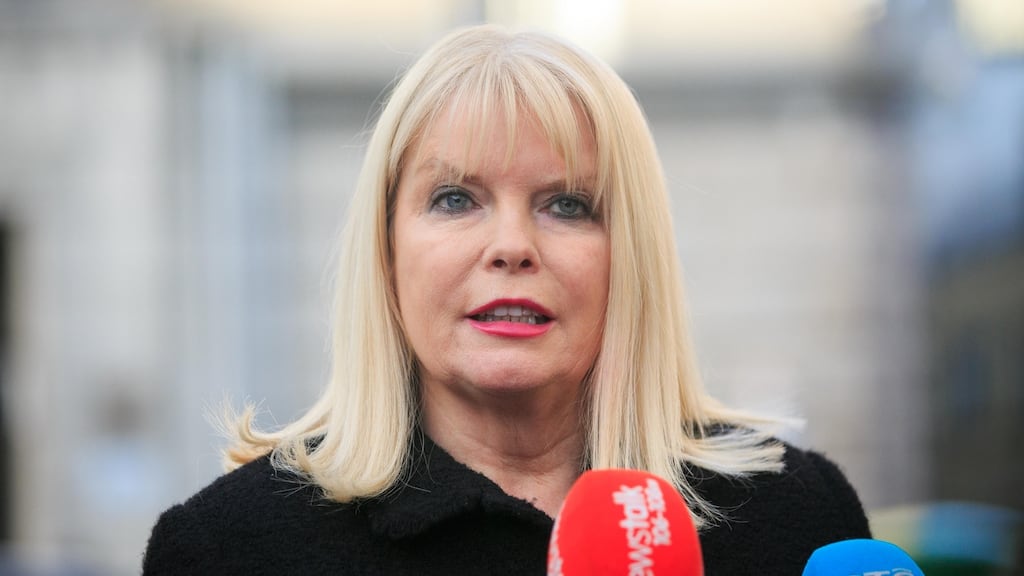In deciding to shut down its global print operation in Leixlip, HP Inc is hoping that, by consolidating into bigger sites, it can reduce its costs and get $200 million savings on the balance sheet by 2020, hopefully returning the business to growth.
But that will be little comfort to its 500 employees in Leixlip who face losing their jobs or being redeployed to other locations.
The news also sent a warning shot that there is no room for complacency about this country's hold on tech jobs. IDA Ireland was reassuring that the future for Ireland's technology sector was bright and said HP Inc's decision was counter to the flow of investment the agency had seen. But the truth is that becoming dependent on a particular area of technology is not a good strategy, particularly when that technology is in a fast-shifting industry.
For Leixlip, there may be an uncomfortable echo of Dell’s situation in Limerick in 2009. The job losses may be lower – Dell lost 1,900 jobs when it moved its manufacturing out of Ireland – but both companies were major employers in their locations.
Dell moved its manufacturing to Poland. HP Inc has not decided exactly where its print business will converge but it’s likely that Singapore will play a part.
Difficulties
Intel
, also based in Leixlip, has had difficulties too. The Irish operation was named in 2012 as one of the locations for manufacturing chips using the 14nm process, but last year it was hit by a round of job losses that saw an undisclosed number of staff depart the firm as it sought to rein in costs globally.
Nevertheless, Intel’s Irish operation is still competing for a $4 billion manufacturing facility, going up against Israel and other locations to land the investment. It has also been involved in the development of some of the company’s great hopes for the future – the platforms behind a new generation of low-cost wearable sensors – and is the home of an internet of things (IoT) research and development lab that opened in 2015.
It may have missed the boat on mobile technology, leading to a lot of difficulty for the once-dominant chip maker, but Intel is determined to lead the way in IoT, even if those chips have a much lower margin than in the company’s heyday of dominating the PC market.
For Ireland's tech sector, the positive side is that although HP's print facility is leaving Ireland, Hewlett Packard Enterprise is still going strong in Ireland. Hewlett Packard split into HP Inc and Hewlett Packard Enterprise in 2015.
Splitting
The splitting of the two firms shows just where the market is going. While the print and consumer products-focused HP Inc employs 500 people, the corporate-focused Hewlett Packard Enterprise, which concentrates on cloud computing and other services, employs more than 2,000 people. Those jobs are not under threat.
Dell – now Dell EMC – has also seen a resurgence in its fortunes in Ireland. The company is concentrating more on building itself out as an all-rounder for businesses, providing hardware, services and cloud technology to businesses rather than concentrating on shifting PCs to businesses and consumers.
Although there will be some job losses in Ireland as a result of the Dell merger with EMC, the figure is far lower, at around 50 from the 5,000-strong workforce the company has here.
Things may get more complicated as the Trump administration hits its stride in the US. The president has already made it clear that he wants US companies investing at home rather than abroad, and he is not holding back on informing everyone of his plans. Although it had little influence on the HP decision, which was made prior to Trump’s election, perhaps the Government needs to heed the warnings and look ahead for the worst-case scenario in the future.













